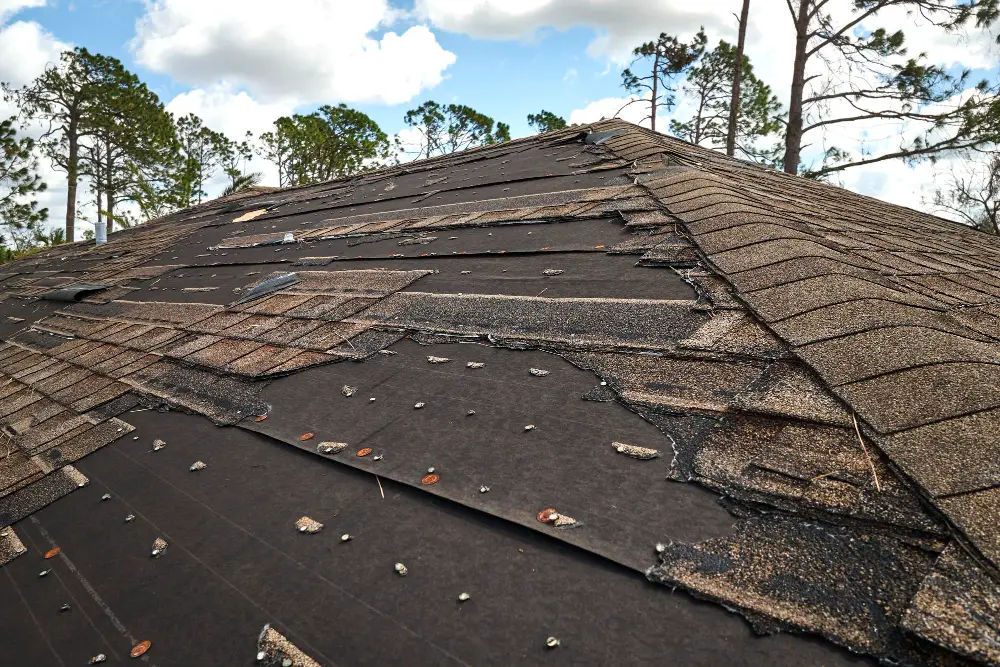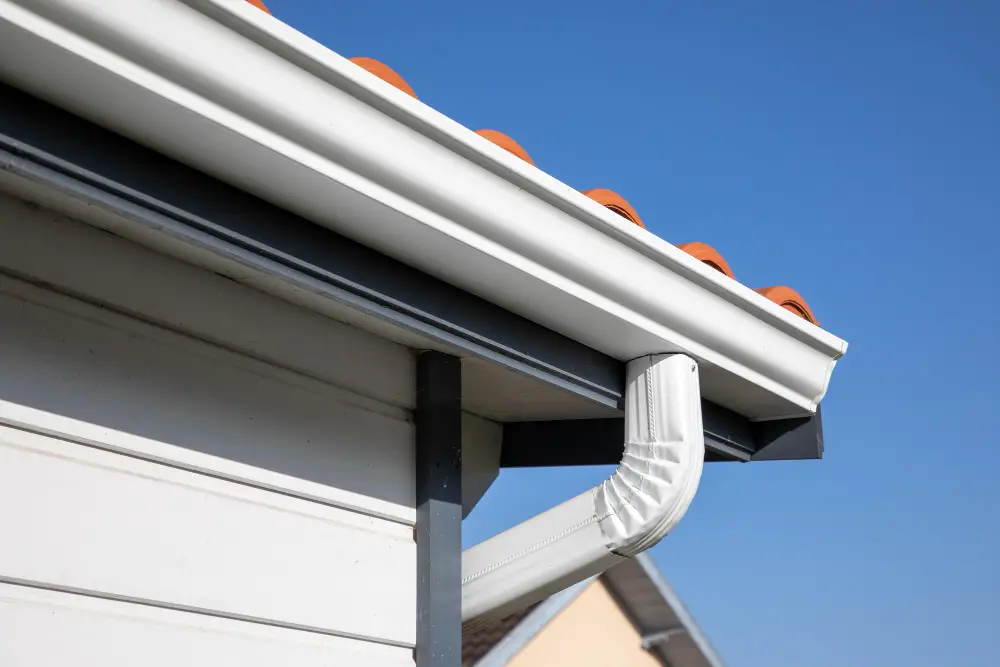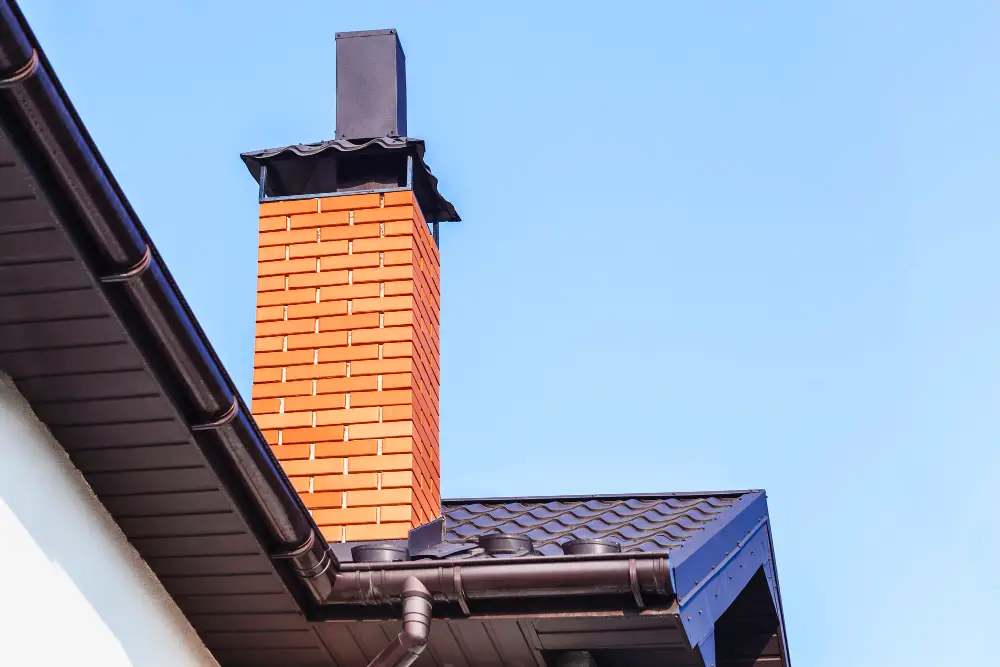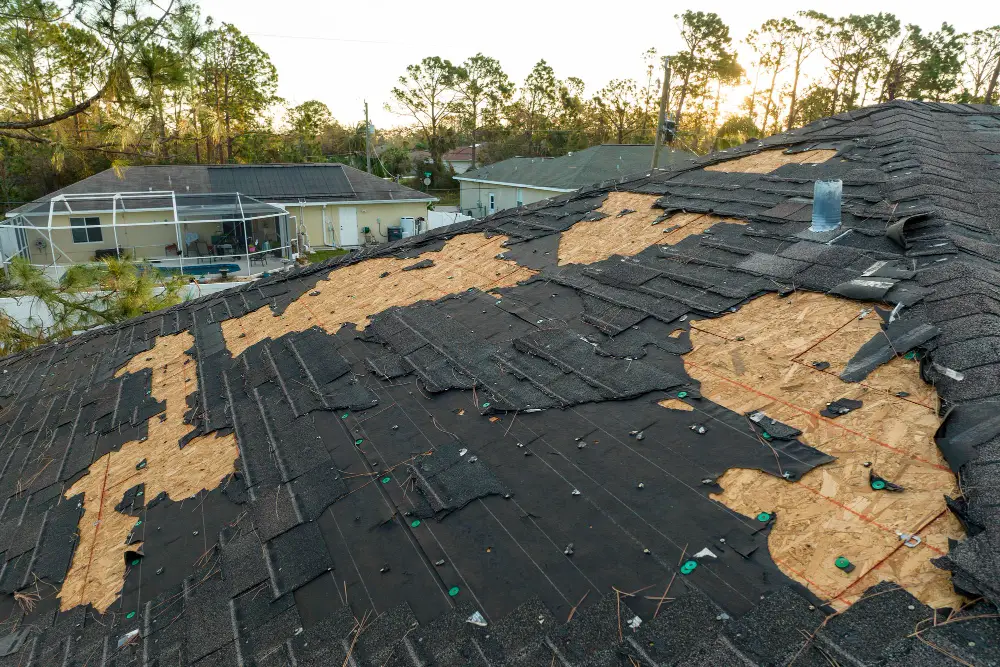Last updated on
Your home’s roof, a critical component of its structural integrity, is more than just a shield against the elements. It’s a hardworking system that keeps your family safe and your possessions secure. Like any key feature of your home, it requires regular maintenance to ensure longevity and optimal performance.
This guide will walk you through the essential strategies for preserving your roof, saving you the cost and hassle of unnecessary repairs and prolonging the lifespan of this vital structure. Be proactive and give your roof the care it deserves, because a well-maintained roof is a long-lasting roof.
What's Inside
Check Your Roof for Wear and Tear Annually

As a homeowner, you need to stay on top of maintenance tasks to ensure the longevity and safety of your property. Perhaps one of the most crucial annual checks you can perform is inspecting your roof for any signs of wear and tear.
While it’s easy to overlook the condition of your roof, especially if it’s not a visible part of your home’s exterior, ignoring this important step could lead to costly repairs or even a complete replacement.
To avoid these expensive consequences, make a habit of checking your roof at least once a year. If you notice any signs of damage or deterioration, take advantage of a professional’s expertise in roofing maintenance to address the issue promptly.
Catching and repairing small problems before they become significant issues can save you time, money, and stress in the long run.
Clean out Gutters

We often underestimate the importance of maintaining our gutters. But neglecting to clean them out can result in some serious damage to our homes. Clogs in gutters prevent proper drainage, which can lead to water damage in roofs and fascia boards.
We must take the time to regularly clean out our gutters to avoid additional and unnecessary repair costs. In addition, be sure to check that gutters are securely attached and not sagging or pulling away from the roofline. After all, you don’t want to be caught off guard by a surprise leak during a heavy rainstorm.
Inspect Flashing Around Vents, Chimneys, or Skylights

In short, flashing is a thin sheet of metal that prevents water from seeping into areas where your roof meets other structures, such as vents, chimneys, or skylights. These areas are highly susceptible to leaks and thus, require utmost attention.
Damaged or poorly installed flashing can lead to water seepage, causing substantial damage to your home’s interior. If you discover cracks, rust, or any signs of separation, consult with a roofing professional immediately. Regular maintenance and prompt intervention can prevent serious issues, extending the lifespan of your roof and protecting your home from costly repairs.
Replace Any Broken Tiles or Shingles

The longer you wait to replace a damaged tile or shingle, the greater the chance that it will lead to further damage to your roof. Be it a missing shingle or a cracked tile, even minor damage can expose your roof to the elements, resulting in leaks and structural deterioration.
To avoid these potential issues, make sure to replace any broken tiles or shingles as soon as you notice them. It may seem like a small task, but it can make a significant difference in preserving the integrity of your roof.
Trim Overhanging Tree Branches
As much as we love the shade and the aesthetic appeal that trees bring to our yards, they can also pose a threat to the safety of our roofs. Overhanging tree branches can cause a lot of damage to the surface of your home’s roof, especially during storms or high winds. Branches can scrape against shingles, loosen tiles, and even puncture the roof’s surface.
These potential hazards can be avoided by trimming overhanging tree branches regularly and keeping trees at a safe distance from your home. Apart from protecting your roof, it will also prevent any potential accidents that may occur due to falling branches.
Ensure Proper Ventilation
Proper ventilation in the attic is essential to prevent moisture buildup, which can lead to a multitude of problems. A poorly ventilated attic may cause rotting wood, mold growth, and even damage to the ceiling.
With adequate ventilation, humid air can escape, and fresh air can circulate, reducing the risk of moisture buildup. Attic ventilation is especially important during the summer months when temperatures rise, and the heat can create a humid environment.
Once you have the right ventilation system in place, you can protect your home from costly repairs and ensure the air quality is healthy for you and your family. Be sure to check your attic’s ventilation and adjust accordingly to keep it dry and well-ventilated.
Maintaining your roof’s integrity requires a holistic approach that balances regular inspection with timely repair and preventive measures. By integrating these strategies into your home maintenance routine, you can ward off potential roofing problems, prolong the life of your roof, and save significantly on repair or replacement costs.
Your home’s roof is an investment worth preserving due to its critical role in your family’s safety and comfort. With proper care, it can continue to protect you and your home for many years to come. After all, a well-maintained roof is the best defense against the elements!




